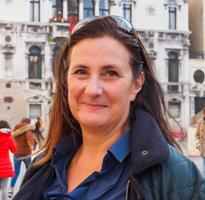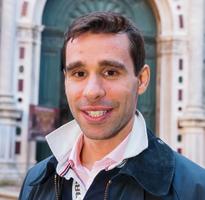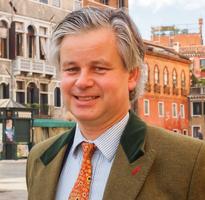Croatia has always held a fascination for me being so close to my native Italy. I was curious to see how 650 years of Venetian rule would have influenced the style and architecture of a diverse and beautiful country, which now feels relatively new on the tourist's map.
The Adriatic coast is breathtaking: its clear sapphire waters, hidden coves and traditional fishing villages all make up the amazing Croatian coastline. The Italians certainly left their mark, the Dalmatian coast is home to some great restaurants, specialising in great seafood and thanks to its mild climate some exceptionally good wines. Croatia has its own version of slow food, which is all about promoting local, fresh and seasonal ingredients, and enjoying the ritual of eating.
We started by flying in to the city of Split: not only Croatia's second-largest city, but simultaneously one of the world's most impressive Roman ruins. The UNESCO-protected remains which form the large part of the city centre still serve the very purpose they were built for: life is lived inside them. Diocletian's Palace, originally constructed in AD 305 for the Roman Emperor, is packed with shoppers, bar-hoppers, workers, kids and tourists. It's a real beauty.
The island of Hvar is a short catamaran or ferry journey from Split, and the elegant Venetian marble harbour of Hvar Town is home to the yachting set, a place to see and be seen in. The stunning bay, wonderful history, terrific gastronomy and buzzing nightlife making it a magnet for young and old. For the ultimate fish experience, try the drunk lobster at Hvar's most exclusive restaurant, Gariful.
But the sunniest place in the country (2724 hours a year) also holds a few surprises. Lavender plants and aromatic herbs fill the inland fields, and Jelsa is an intimate port town within easy reach of swimming coves and sandy spots, Stari Grad dating from 384 BC is one of the most ancient villages in all of Europe, and has a completely different pace of life to Hvar town - enjoy a lazy lunch al fresco at one of it's many trattorie.
We then hopped our way to the next island on the local ferry. Easily accessible from either Split or Dubrovnik, Korcula is a smaller and less-visited island than Hvar. Korcula town is a mini-fortress enclosed with honey-coloured stone walls that contain hidden treasures, from glittering icons to Tiepolo paintings, as well as architectural delights in every narrow, cobbled street. Treat yourself to a couple of nights at the amazing Lesic Dimitri Palace!
The final stop was Dubrovnik - reached by ferry and then a scenic coastal drive. Dubrovnik is the star of the show, dazzling all visitors with its heart-stopping beauty. It's packed with five star hotels, high-class restaurants and countless tourists, but move away from the main streets and there's still much to discover; from the small wine bars on cobbled back streets of the old town, to the carved stone churches which host regular concerts, a great place for a short break and an excellent way to start or end a longer holiday on Croatia's Dalmatian Coast.
Although I will always love Italy, my visit to Croatia means that I would now encourage anyone to visit this country.































